Our Collections
From ‘Colored Waiting Room’ to an archive of Civil Rights
Civil Rights room of the Old Depot Museum is the most trafficked space in the museum. Here, the events of Bloody Sunday, and several other transformative moments in the struggle for equal civil and voting rights, are placed into the local, historical context by answering the question of “Why Selma?” The events presented are further enliven by the fact that this room was once the ‘Colored Waiting Room’ of the former L&N Railroad Depot.
The Civil Rights room is now home to an unparalleled collection that, until the museum’s recent reorganization, was not made available to the public:
the hospital log of the Good Samaritan Hospital recording both the death of Jimmie Lee Jackson and the treatment of African Americans who were admitted following the events of Bloody Sunday;
possessions belonging to Dr. Martin Luther King, Jr.;
arrest receipts for African American citizens who were charged for ‘parading without a permit’;
and many other artifacts and documents related to Selma’s role in the struggle for equal civil rights.
In addition to the histories of ensalved African Americans, soldiers (WWII through Vietnam), and Civil Rights icons, the room features a collection of artifacts and a commissioned portrait related to Selma’s first African American Mayor, James Perkins, Jr. (b. 1952, elected 2000).
The reorganization and interpretive shift of the museum towards a focus on African American history and culture in the region directly aligns with several other changes in Selma, ranging from the establishment of the National Voting Right Museum and Institute and the National Park Service’s Selma Interpretative Center to the centric location of the city on the (1) Selma to Montgomery National Historic Trail and (2) the new, United States Civil Rights Trail that covers 130 sites in twelve states.
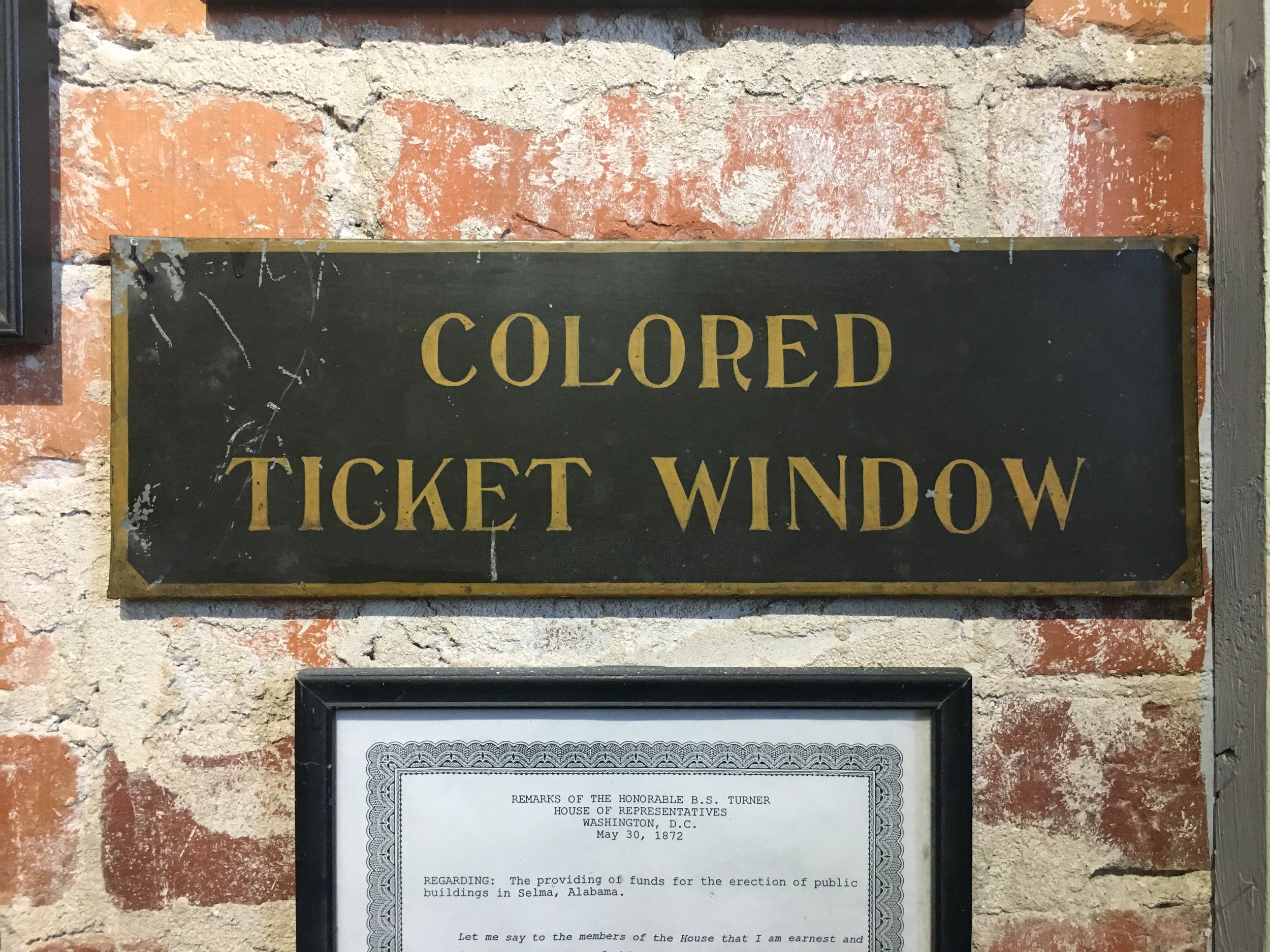
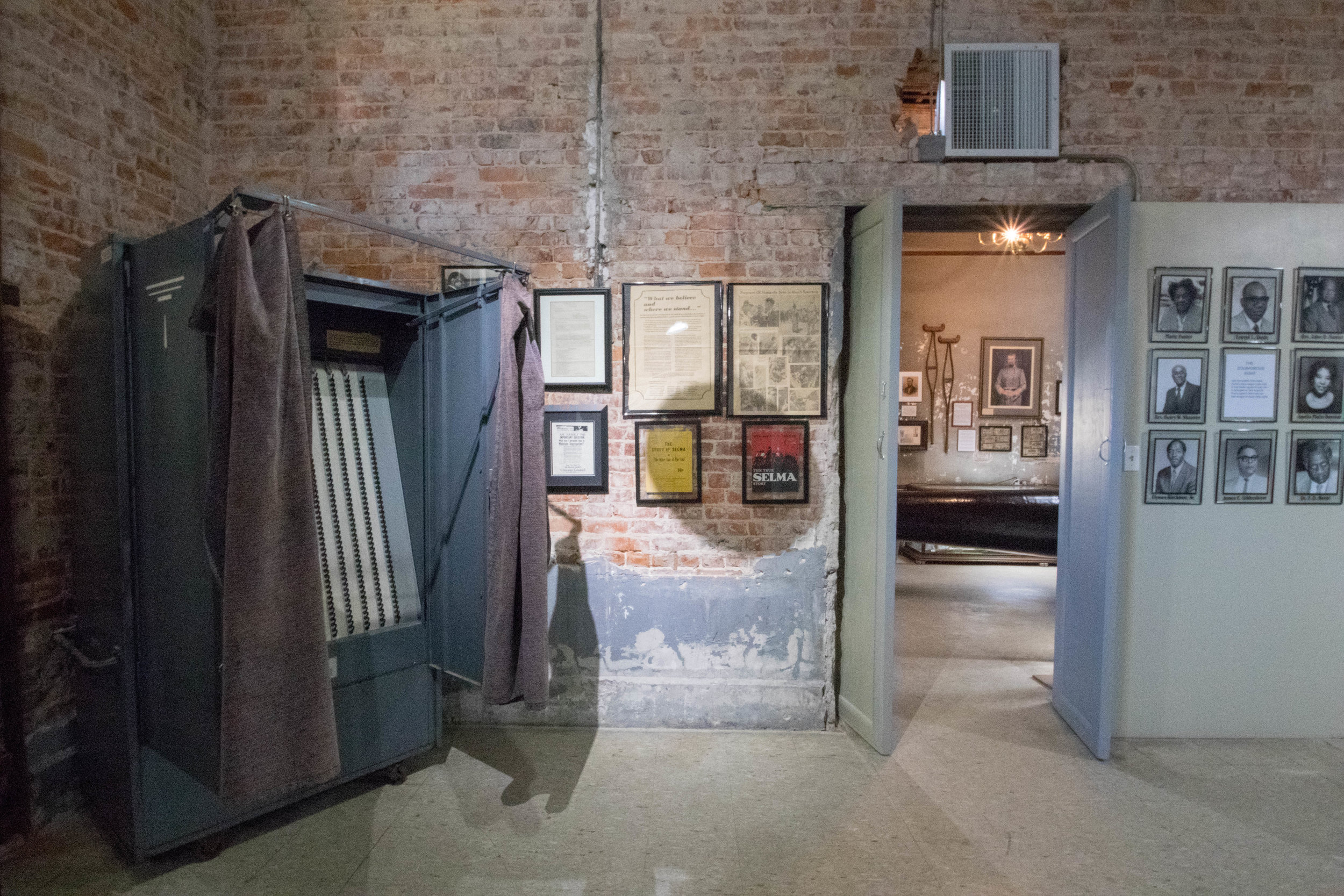
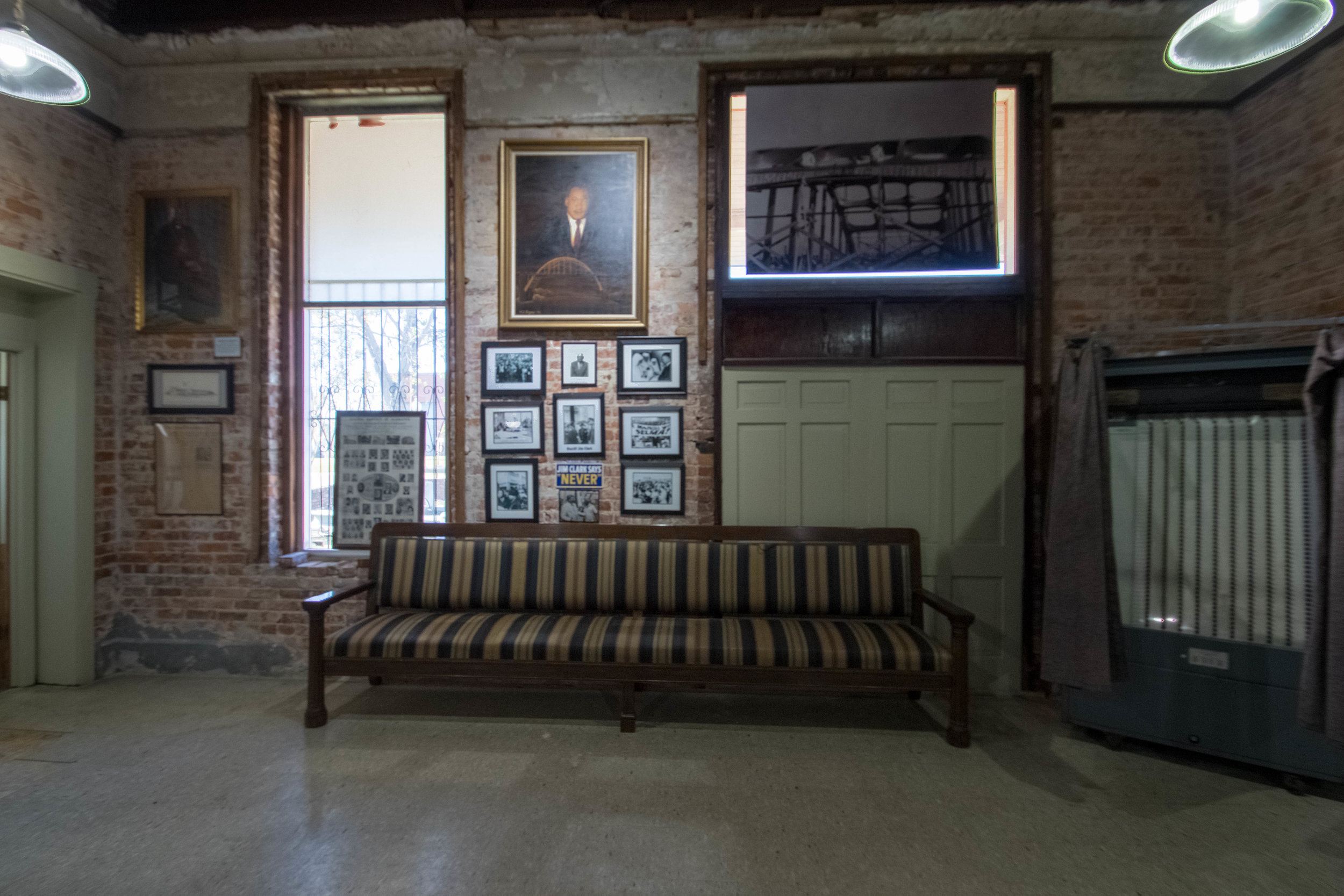
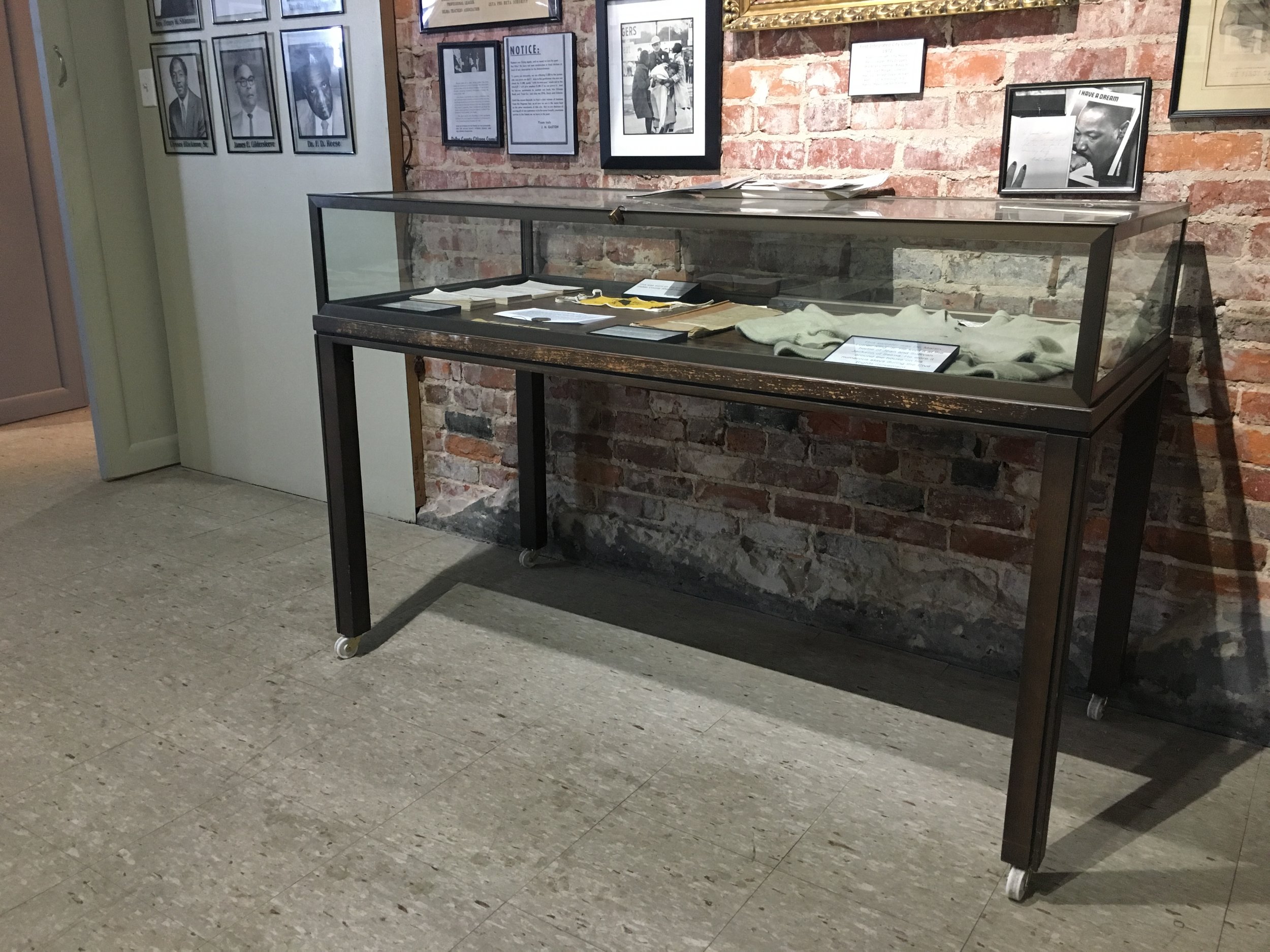
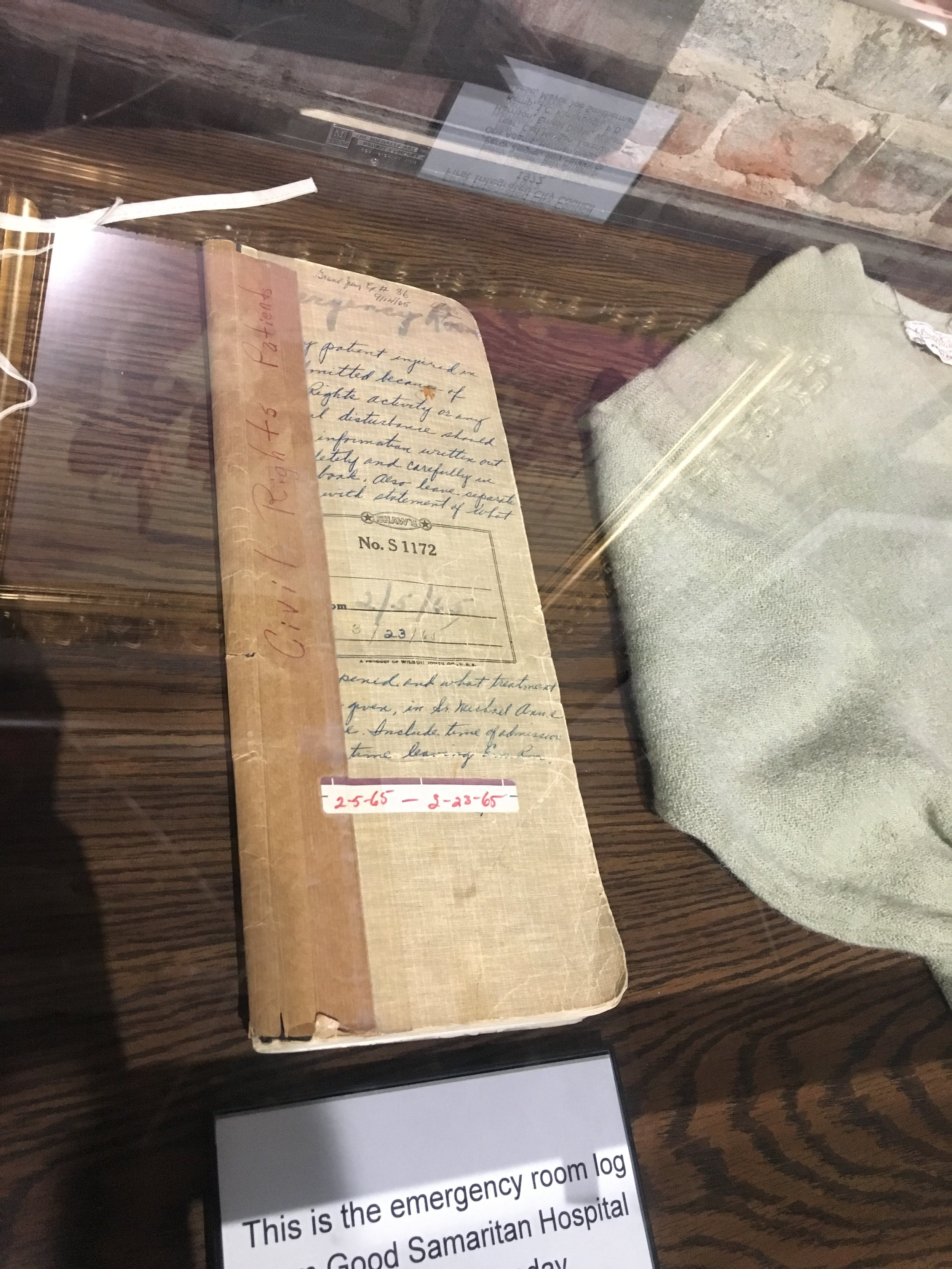
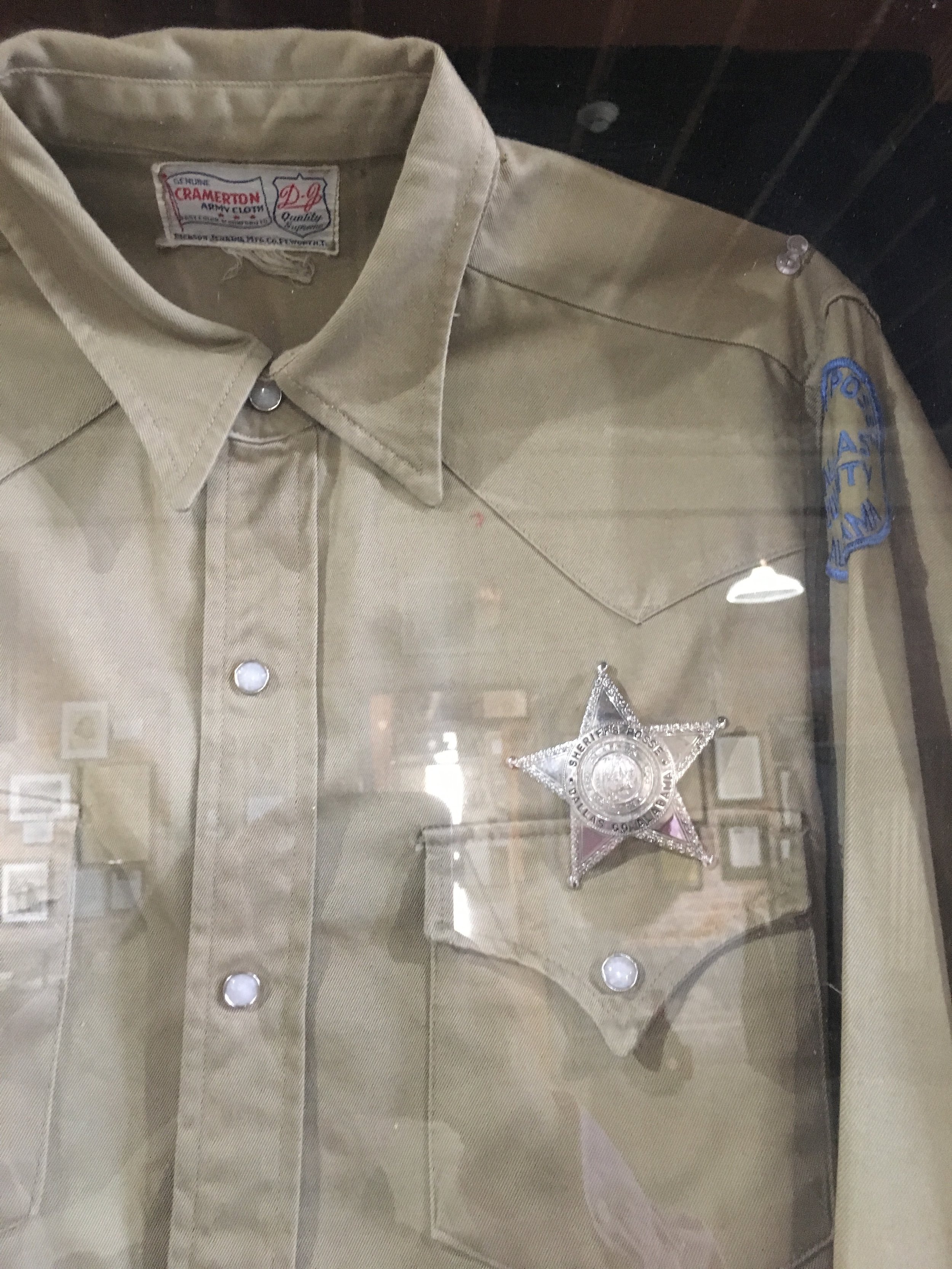
Ambitious plans for the future
Junshan Liu of Auburn University’s McWhorter School of Building Science and Danielle Willkens of Georgia Institute of Technology’s School of Architecture have been studying the museum for a number of years. Through their research, the Old Depot Museum completed a comprehensive 3D-scan the museum and elements of its collections in order to bring the rich archive to homes and classrooms across the nation, and globe. Below are some of the pilot scans of the museum’s first floor and the Civil Rights room. You can read more about their findings here, “Race, Space, and Digital Interpretation at Selma’s Old Depot Museum.”



